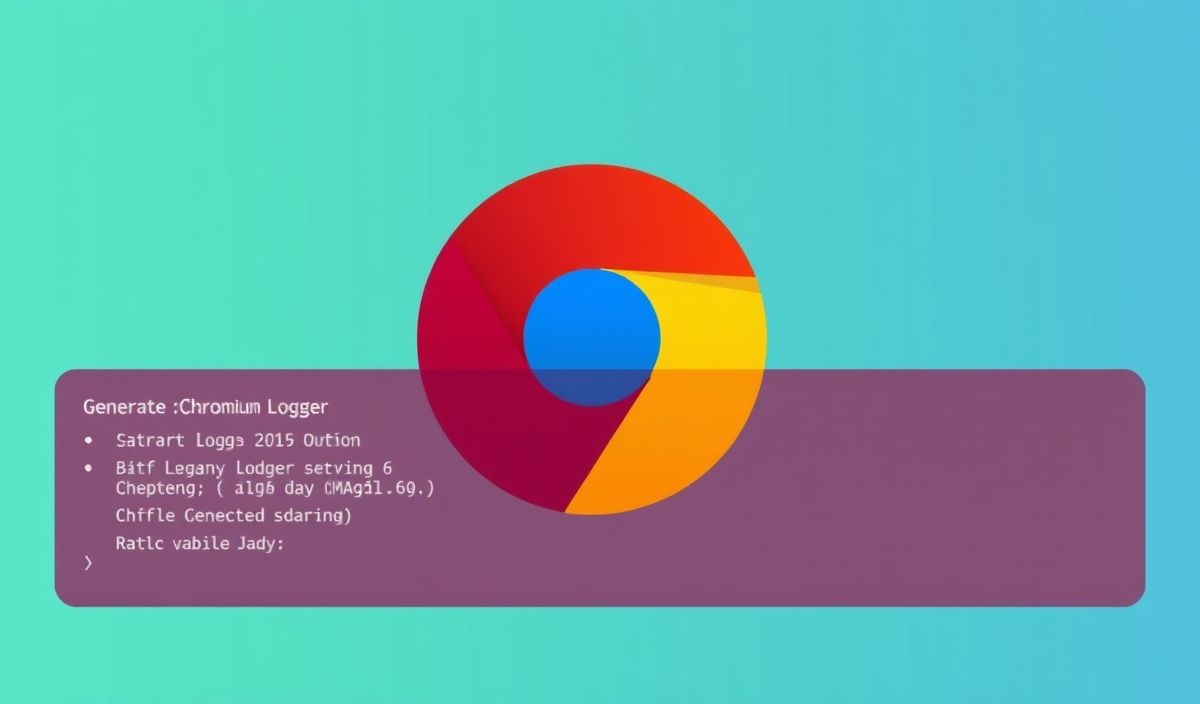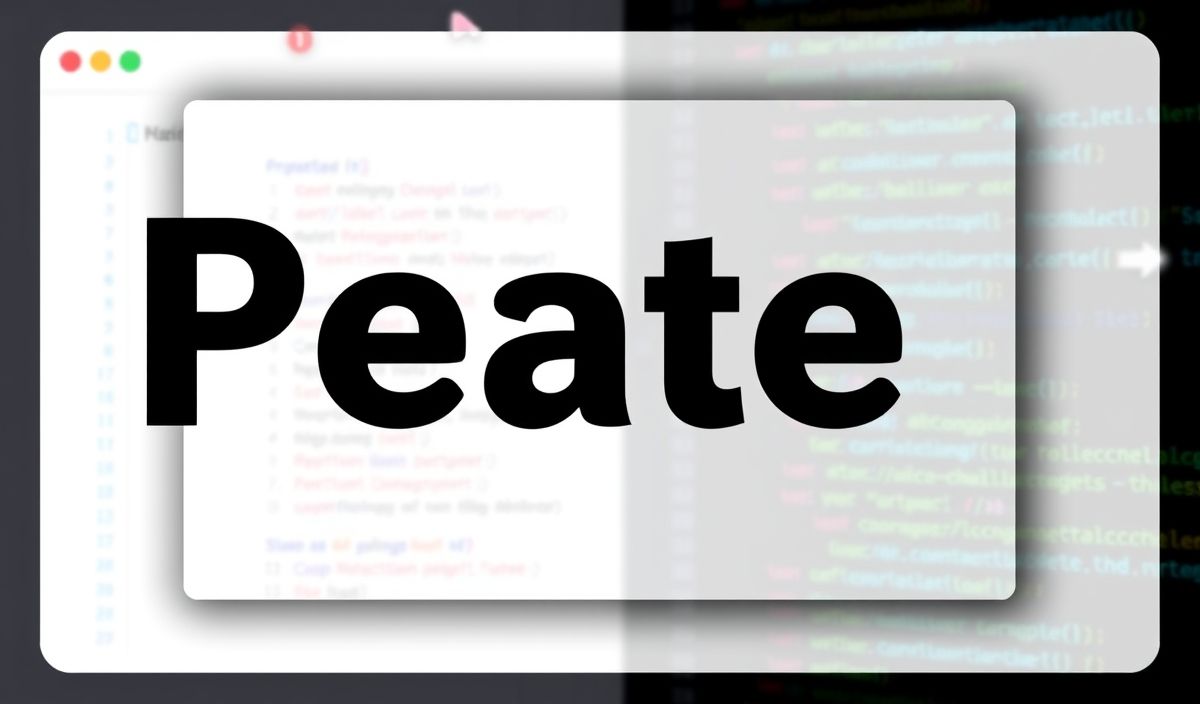Osmosis: A Comprehensive Guide to Its APIs
Osmosis is a versatile and powerful tool widely used for processing OpenStreetMap (OSM) data. It comes equipped with a range of APIs that can manipulate, extract, and transform geographic information, providing a robust foundation for building spatially-aware applications.
API Examples
Below are detailed explanations and example code snippets of some useful Osmosis APIs:
1. Task Chaining API
The Task Chaining API allows you to chain multiple tasks together for versatile processing.
osmosis --read-pbf file="input.osm.pbf" \
--bounding-box top=50.0 left=-0.5 bottom=49.0 right=0.5 \
--write-xml file="output.osm"
2. Read-Binary PBF API
This API reads compressed OSM binary data which helps in handling large datasets efficiently.
osmosis --read-pbf file="input-file.osm.pbf" \
--write-xml file="output-file.osm"
3. Write XML API
The Write XML API enables you to export processed data into XML format, making it human-readable or transferable to other tools.
osmosis --read-pbf file="input-file.osm.pbf" \
--write-xml file="output-file.osm"
4. Bounding Box API
By setting a geographic bounding box, you can focus processing on a specific area of interest.
osmosis --read-pbf file="input.osm.pbf" \
--bounding-box top=37.86 left=-122.47 bottom=37.83 right=-122.42 \
--write-xml file="boundingbox-output.osm"
5. Modify Lane Tagging API
This API helps modify the tagging of lanes within a given dataset.
osmosis --read-pbf file="input.osm.pbf" \
--sort \
--write-pbf lanes=osm.file
Application Example
Let’s consider a practical example of using these APIs to create an application that extracts data from an OSM file, processes it to focus on a specific city, and modifies lane information before saving the result.
osmosis \\
--read-pbf file="city.osm.pbf" \\
--bounding-box top=40.0 left=-75.0 bottom=39.8 right=-74.8 \\
--sort \\
--write-pbf file="sorted-city.osm.pbf"
Conclusion
Osmosis and its APIs offer powerful methods for handling and processing OSM data. By mastering these APIs, developers can create sophisticated applications tailored to their geographic data needs, enhancing functionality and user experience. The above example provides a practical demonstration of the potential applications in real-world scenarios.
Hash: a08ebfb6519e8d814f1b8aee62da9a4e173f7e6898d60d962042421d18dbe4ef




